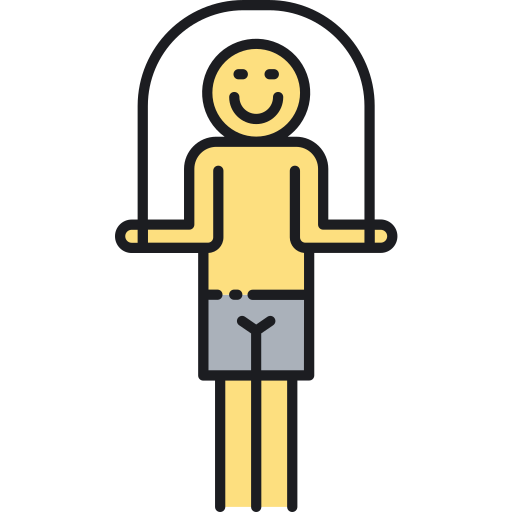Before going over and over what you've done before see what the other trainees are doing.
If you get the opportunity to look at something differently, you're far more likely to get something that works for you and your training.

This is the essence of our training. Let us take you through our experience of discovering and refining our training methods and the equipment that we use. Perhaps you've been doing some extra training with a class and thought to yourself; 'Wow, that's amazing - what have I forgotten to put in?' - but then there's the time we spend training with the equipment or on setting up and making use of the equipment. One of the reasons why we like to work closely with our members is that we want to make sure that we don't fall into a familiar training method. If we do, we're then stuck with old training methods that aren't any good. In this article, we're going to take you through our experience of building a training database. We've done this for our members and the trainers for many years, so it's valuable experience we can share, but also it's something we can point to if we need assistance.
👁️ 👨🏽🚀 🚴🏾♀️
Over the years we've developed a list of basic principles or behaviors that we want our trainees to keep in mind with their training. We've drawn up a list based on the experience of our trainers and members. We've got to be clear on this: the training database is a very personal choice to make, but this list represents where we've seen most effective results. Our own experience of training with a training database When we decided to introduce the training database last year, we knew it would allow us better feedback on and feedback to our trainees. I was there at the time at the head office, and I can tell you that the feedback we got from the members of our team was very positive.